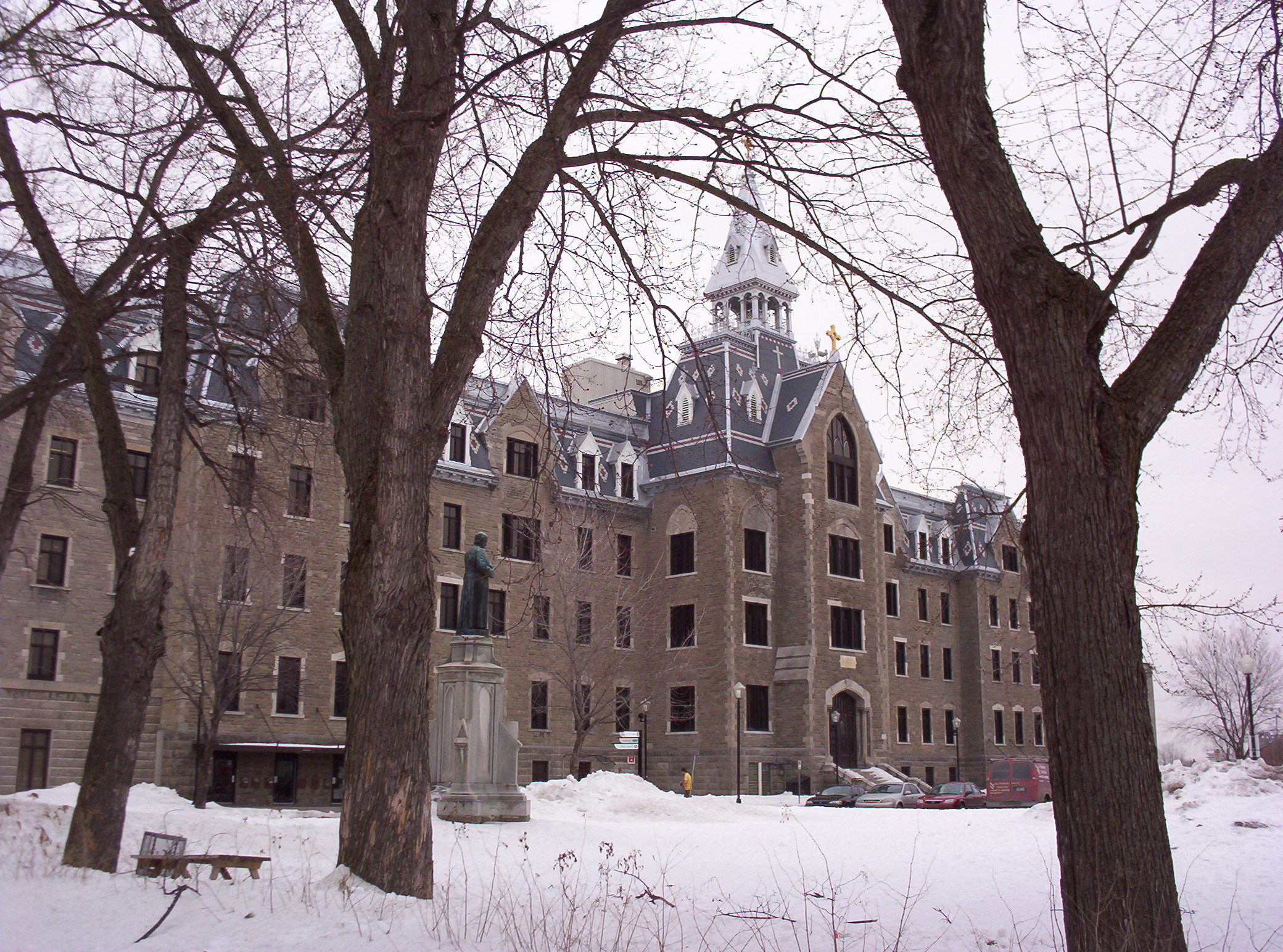December 23, 2016 4 min to read
CEGEPs: A unique education level born of historical reasons
Category : Differences, Education
Before the 1960s, the education system was managed by the clergy in what was known as the Classical system in classical colleges.
Far from colleges, these were in reality high schools even if in some cases, they had dormitories and could house thousands of students.
Universities such as the Université de Montréal or McGill University were private but the transition between the two systems was rocky at best.
The government decided to create, on the recommendation of the Commission Parent, a two-year middle step between high school and university which became the CEGEP, or “Collège d’Enseignement Général Et Professionnel”.
In other provinces of Canada, the progress of a student who graduates from University is typically:
- 6 years of grade school
- 6 years of secondary school (either 2 years of junior high, 2 years of middle high and 2 years of high school, or some other distribution for those 6 years)
- 4 years of university
For a total is 16 years of studying.
In Québec, a student receiving the same degree would study:
- 6 years of grade school
- 5 years of secondary school (either 2 years of junior high, 3 high school or 5 years in high school)
- 2 years in a General program in a CEGEP
- 3 years of university
For a total of 16 years of studying
In short, when you get a University degree, you get the equivalent of your 6th year of High School AND your first year of University in a CEGEP.
But better yet, there are three-year professional programs which are somewhat equivalent to the USA two-year junior college programs which provide excellent technical education which directly prepare you for the workplace.
What are the advantages of the CEGEP system?
First, it allowed reusing the super classical colleges built by the church as CEGEP: they were too small to become universities and too big for local high schools. This repurposing of the old seminaries and classical colleges allowed opening 12 CEGEP in the first year of operation at relatively little cost to the Government of Québec!
Second, it created a middle-step which allowed less migration of students. Universities in Québec are only present in the biggest cities but there are CEGEPs in rural regions such Alma, Rouyn-Noranda, Baie-Comeau, Gaspé and other remote towns which would require all rural students to get an apartment in order to get a post-secondary education but many of which can now study locally. If they choose a three-year technical program, they can complete their full education locally!
Third, there are only 48 CEGEPs while there are over 450 high schools in Québec. This allows uniformizing the 2 years of college education to more easily reduce inequality in education quality due to the students local quality of education. In other words, a student who was stuck in a bad high school for five years gets two years to compensate in college before tackling University.
Fourth, tuition of CEGEPs is technically free. There are fees like books and student union fees, but they are modest enough so that many poor families can still send their kids to college. I paid for all of my own CEGEPs fees just via a very low student loan.
Fifth, it delays by one year date a university student needs to select his own university program and more importantly, fills the 2 years prior to that decision with more specialized courses closer to his choice: there are about a dozen pre-university programs including for science students, for social studies students, for art students, etc…
Finally, with 48 CEGEPS compared to half as many Universities, many of which are just local branches of the Provincial University, Québec gets to have a wide diversity and dynamism in the creation of three-year professional programs which are typically created by CEGEP teachers for their own CEGEP and usually reused by CEGEPs in other areas.
My own CEGEP, Lionel-Groulx, one of the original 12 which reuses an old classical school specialised in computer science (including creating the program I graduated in, Technologies des Systèmes Ordiné) and music and theatre arts. The CEGEP closed to where I live now, the CEGEP Marie-Victorin, specialised in Nursing and Design.
This all allowed to keep the general quality of CEGEP education upwards despite low costs to the government and the students. The secret is that the two-year pre-university programs offered in the same buildings as the professional three-year programs help finance the sustainability of the often most costly and less popular technical programs.
US Community colleges often struggle because they only get students who want to receive a “final” diploma while CEGEPS often have 60% or more of their students only studying two years before leaving for a University.
Why are some people opposed to CEGEP in Québec?
A few people hate the CEGEP system because if you complete your University education outside of Québec, you still need 4 years to get your University diploma, making you lose 1 year compared to someone who studied locally in another province.
Others hate that because we do not have a sixth year of high school, our high school diplomas are sometimes seen as being inferior to those of other provinces.
A few students with a technical degree have problems getting their diplomas accepted outside of Québec, but this is mainly out of ignorance of our system and employers in other provinces are more and more aware of the quality of CEGEP professional education.
Finally, some people see the time spent by students in CEGEP as wasted time where students spend their days partying and drinking. It is true that many students take advantage of their time in college to party but most of the CEGEP students are serious in their studies and really want to learn.
In conclusion, CEGEPs are now an integral part of Québec and yet, are often misundertood outside of our borders.
Picture of the Cegep Lionel-Groulx copyright Kahyman


Comments (1)
-
Why are Québécois so angry about the cancelling of French University in Toronto? – What does Quebec Want? December 10, 2018
[…] Statistic Canada confirms that Allophones are able to succeed and I do not claim to know why. All I know is that when I personally had to review my options for my education, like many French-Canadians, the lack of a family culture around education meant a lack of family support for long university degrees. This is why the Cegeps and their technical programs are helpful […]